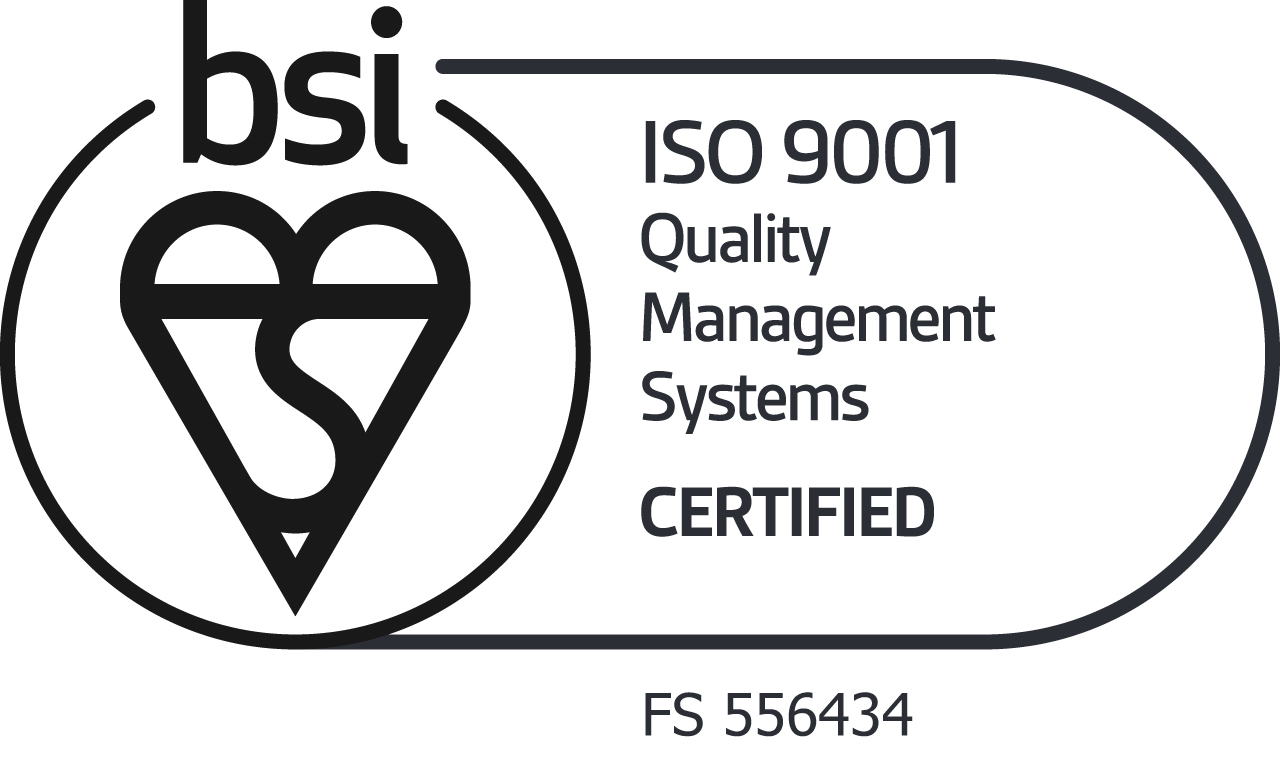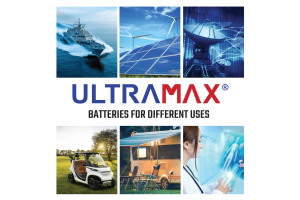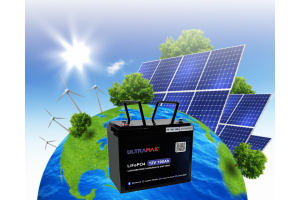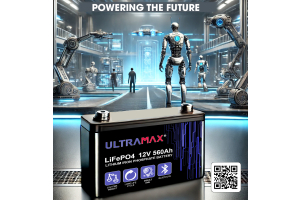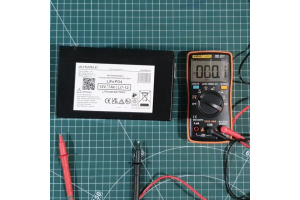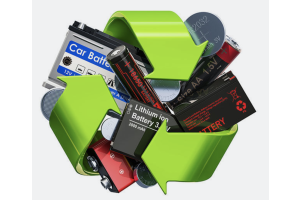The Environmental Impact of Li-Ion Batteries and Chargers: What You Need to Know
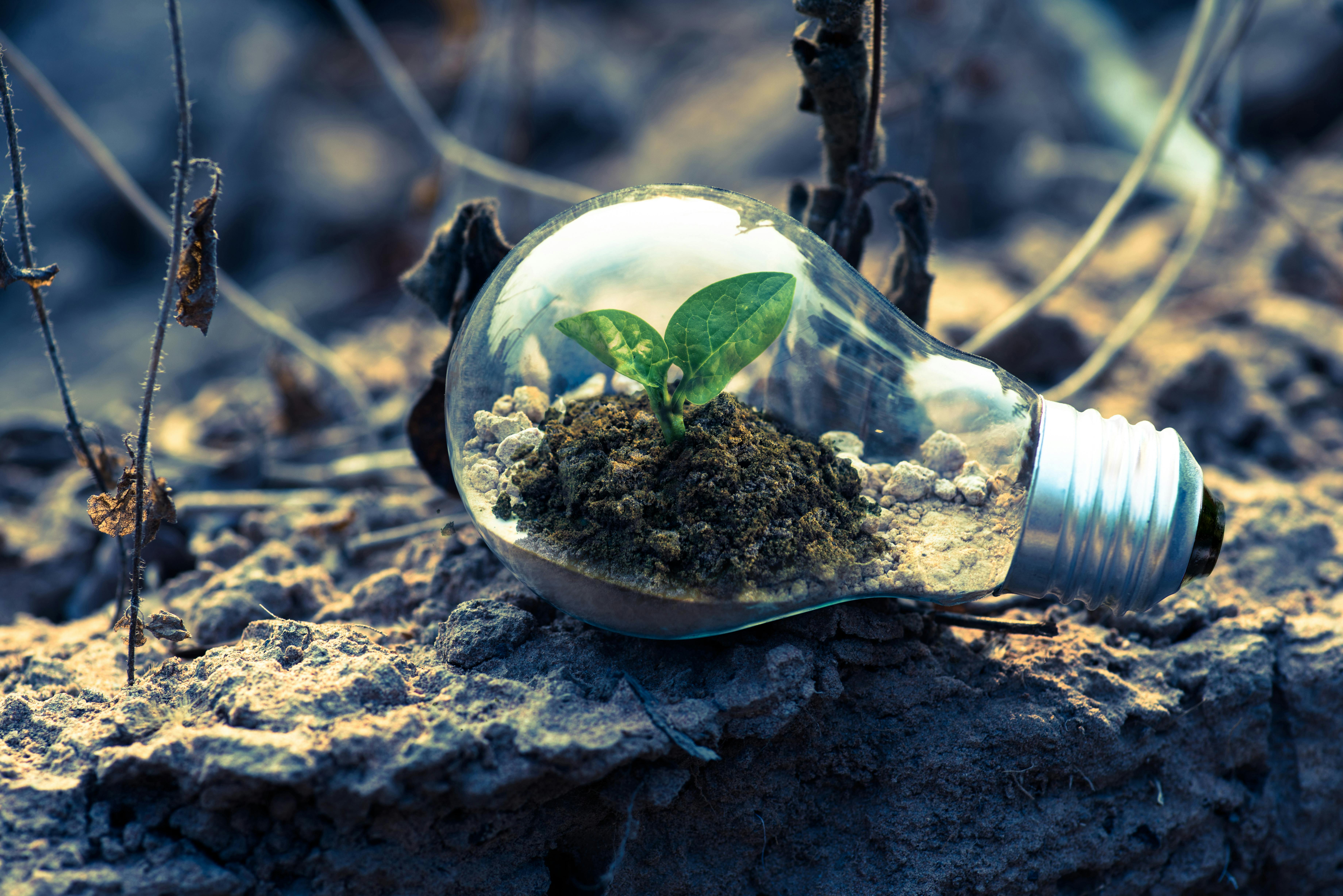
The Environmental Impact of Li-Ion Batteries and Chargers: What You Need to Know


The Environmental Impact of Li-Ion Batteries and Chargers: What You Need to Know
Are you a tech enthusiast who cares deeply about the environment? If so, you might be interested to learn about the environmental impact of Li-Ion batteries and chargers. These essential components of our modern world have revolutionized the way we power our devices but have also raised concerns about their ecological footprint. In this article, we will explore the environmental implications of Li-Ion batteries and chargers, giving you a comprehensive understanding of the situation. From their manufacturing process to their long-term effects on landfills, we will delve into the various aspects that contribute to their environmental impact.
Our goal is not to discourage the use of Li-Ion batteries and chargers, but rather to raise awareness and promote sustainable practices. We will also discuss potential solutions and initiatives that manufacturers, consumers, and policymakers can implement to mitigate the negative effects of these technologies. By the end of this article, you will be equipped with the knowledge to make informed choices about your battery and charger usage, ultimately contributing to a greener future.
Understanding the environmental impact of Li-Ion batteries
Li-Ion batteries have become ubiquitous in our modern world, powering everything from smartphones and laptops to electric vehicles and renewable energy storage systems. While these batteries have revolutionized the way we use and store energy, their environmental impact is a growing concern.
The production of Li-Ion batteries requires the mining and extraction of various rare earth metals, such as lithium, cobalt, and nickel. These mining processes can have significant environmental consequences, including habitat destruction, water pollution, and greenhouse gas emissions. Additionally, the energy-intensive manufacturing process of Li-Ion batteries further contributes to their carbon footprint.
Beyond the manufacturing stage, the use and disposal of Li-Ion batteries also pose environmental challenges. The improper disposal of these batteries can lead to the release of toxic materials into the environment, contaminating soil and water sources. Furthermore, the growing demand for Li-Ion batteries has led to an increase in electronic waste, which is often difficult to recycle and can end up in landfills or incinerators, further exacerbating the environmental impact.
As the world becomes increasingly reliant on Li-Ion batteries, it is crucial to understand the full scope of their environmental impact and explore ways to mitigate these concerns. By examining the lifecycle of Li-Ion batteries and the associated environmental issues, we can develop more sustainable solutions and make informed decisions about the use of these technologies.
The lifecycle of Li-Ion batteries
To fully comprehend the environmental impact of Li-Ion batteries, it is essential to understand their lifecycle, from the extraction of raw materials to their eventual disposal or recycling.
The lifecycle of Li-Ion batteries begins with the mining and extraction of the necessary raw materials, such as lithium, cobalt, and nickel. These mining processes can have significant environmental consequences, including habitat destruction, water pollution, and greenhouse gas emissions. The energy-intensive refining and processing of these materials further contribute to the carbon footprint of Li-Ion battery production.
Once the raw materials are obtained, the manufacturing process of Li-Ion batteries involves several energy-intensive steps, including the production of electrode materials, the assembly of battery cells, and the packaging of the final product. This manufacturing process can have a substantial environmental impact, with the use of hazardous chemicals, the generation of waste, and the consumption of large amounts of energy.
During the usage phase, Li-Ion batteries play a crucial role in powering our electronic devices and electric vehicles. However, the lifespan of these batteries is limited, and they eventually need to be replaced. This leads to the disposal or recycling stage, which is arguably the most critical aspect of the Li-Ion battery lifecycle. Improper disposal can result in the release of toxic materials into the environment, contaminating soil and water sources. Effective recycling processes are essential to recover valuable materials and reduce the environmental impact of Li-Ion battery waste.
Environmental concerns associated with Li-Ion batteries and chargers
The environmental concerns associated with Li-Ion batteries and chargers span a wide range of issues, from the extraction of raw materials to the disposal of spent batteries.
One of the primary concerns is the mining and extraction of the necessary raw materials, such as lithium, cobalt, and nickel. These mining processes can have significant environmental consequences, including habitat destruction, water pollution, and greenhouse gas emissions. The energy-intensive refining and processing of these materials further contribute to the carbon footprint of Li-Ion battery production.
The manufacturing process of Li-Ion batteries also raises environmental concerns. This process involves the use of hazardous chemicals, the generation of waste, and the consumption of large amounts of energy. The emissions and waste generated during manufacturing can have detrimental effects on the surrounding environment and the health of workers involved in the process.
Another significant concern is the disposal and recycling of spent Li-Ion batteries. Improper disposal can lead to the release of toxic materials, such as heavy metals and organic solvents, into the environment, contaminating soil and water sources. The growing volume of electronic waste, including Li-Ion batteries, is also a major challenge, as these materials are often difficult to recycle and can end up in landfills or incinerators, further exacerbating the environmental impact.
Recycling and disposal of Li-Ion batteries and chargers
The proper recycling and disposal of Li-Ion batteries and chargers are crucial to mitigating their environmental impact. However, this process is often complex and challenging.
Li-Ion batteries contain a variety of materials, including lithium, cobalt, nickel, and other metals, which can be recovered and reused through recycling processes. Unfortunately, the current recycling rates for Li-Ion batteries remain relatively low, with only a small percentage of these batteries being recycled effectively. This is due to a combination of factors, including the high costs associated with recycling, the lack of infrastructure and regulations, and the difficulty in collecting and transporting spent batteries.
When Li-Ion batteries and chargers are not properly recycled, they often end up in landfills or incinerators, where the release of toxic materials can have severe environmental consequences. The leaching of heavy metals and other hazardous substances can contaminate soil and groundwater, while the incineration of these materials can release harmful emissions into the air.
To address these challenges, governments, manufacturers, and recycling companies are working to develop more efficient and cost-effective recycling processes for Li-Ion batteries and chargers. This includes the implementation of extended producer responsibility (EPR) schemes, where manufacturers are responsible for the safe collection and recycling of their products at the end of their lifespan. Additionally, research is ongoing to find ways to extract and reuse the valuable materials within Li-Ion batteries, creating a more circular economy for these technologies.
Sustainable alternatives to Li-Ion batteries
As the environmental concerns surrounding Li-Ion batteries continue to grow, the search for sustainable alternatives has become increasingly important. Several promising technologies are emerging that aim to reduce the environmental impact of energy storage solutions.
One such alternative is the development of solid-state batteries, which use solid electrolytes instead of the liquid electrolytes found in traditional Li-Ion batteries. Solid-state batteries offer the potential for improved safety, higher energy density, and reduced environmental impact during manufacturing and disposal. These batteries can be made with more abundant and less toxic materials, such as sulfur or ceramic compounds, reducing the reliance on rare earth metals.
Another promising alternative is the use of lithium-sulfur (Li-S) batteries, which have a higher energy density and lower environmental impact than Li-Ion batteries. Li-S batteries use sulfur as the cathode material, which is more abundant and less expensive than the cobalt and nickel used in Li-Ion batteries. Additionally, the manufacturing process for Li-S batteries is less energy-intensive, contributing to a lower carbon footprint.
Redox flow batteries are also gaining attention as a sustainable alternative to Li-Ion batteries. These batteries store energy in liquid electrolytes, which can be easily recycled and reused. Redox flow batteries are particularly well-suited for large-scale energy storage applications, such as grid-level storage, and have a longer lifespan compared to Li-Ion batteries.
Government regulations and policies on Li-Ion battery disposal
Recognizing the growing environmental concerns surrounding Li-Ion batteries, governments around the world have started to implement regulations and policies to address the issue of battery disposal and recycling.
In the European Union, the Waste Electrical and Electronic Equipment (WEEE) Directive and the Batteries Directive have been instrumental in establishing a framework for the proper collection and recycling of Li-Ion batteries. These directives require manufacturers to take responsibility for the end-of-life management of their products, including the provision of collection and recycling schemes.
Similarly, in the United States, the Environmental Protection Agency (EPA) has implemented regulations and guidelines for the disposal and recycling of Li-Ion batteries. The Resource Conservation and Recovery Act (RCRA) classifies spent Li-Ion batteries as a type of universal waste, which means they must be handled and disposed of in a specific manner to minimize environmental harm.
Other countries, such as China and Japan, have also introduced policies and initiatives to promote the responsible management of Li-Ion batteries. These include the implementation of extended producer responsibility (EPR) schemes, the establishment of battery recycling infrastructure, and the development of incentives for consumers to properly dispose of their spent batteries.
Tips for reducing the environmental impact of Li-Ion batteries and chargers
As consumers, we can play a crucial role in reducing the environmental impact of Li-Ion batteries and chargers. By adopting more sustainable practices, we can contribute to a greener future.
One of the most effective ways to reduce the environmental impact of Li-Ion batteries is to extend their lifespan. This can be achieved by properly caring for and maintaining our devices, which can help extend the battery's usable life. This includes avoiding overcharging, keeping the battery cool, and replacing the battery only when necessary.
When it's time to replace a Li-Ion battery, it's important to dispose of it responsibly. Look for battery recycling programs in your local community or check with your device manufacturer for their battery take-back and recycling initiatives. Proper disposal ensures that the valuable materials within the battery can be recovered and reused, reducing the need for new resource extraction.
Additionally, consumers can make more sustainable choices when purchasing new devices or replacement batteries. Look for products that use less toxic materials, have longer lifespans, and are designed with recyclability in mind. Supporting manufacturers who prioritize environmental responsibility can help drive the industry towards more sustainable practices.
The role of manufacturers in minimizing environmental impact
Manufacturers play a crucial role in addressing the environmental impact of Li-Ion batteries and chargers. By implementing sustainable practices and innovations, they can significantly reduce the ecological footprint of these technologies.
One of the key areas where manufacturers can make a difference is in the design and production of Li-Ion batteries and chargers. By using more sustainable materials, reducing the use of hazardous substances, and optimizing the manufacturing process, they can lower the carbon footprint and environmental impact of these products. This includes exploring alternative battery chemistries, such as lithium-sulfur or solid-state batteries, which have the potential to be more environmentally friendly.
Manufacturers can also contribute to the circular economy by designing their products with recyclability in mind. This includes making it easier for consumers to disassemble and recycle their devices, as well as providing take-back and recycling programs. By ensuring that the valuable materials within Li-Ion batteries and chargers are recovered and reused, manufacturers can reduce the need for new resource extraction and minimize waste.
Furthermore, manufacturers can play a leadership role in advocating for and supporting government regulations and policies that promote sustainable practices in the electronics industry. By collaborating with policymakers and industry stakeholders, manufacturers can help shape the regulatory landscape and drive the adoption of more environmentally responsible standards.
Conclusion: Taking responsibility for our electronic waste
As the world becomes increasingly reliant on Li-Ion batteries and chargers, it is crucial that we take responsibility for their environmental impact. While these technologies have revolutionized the way we power our devices, the ecological consequences of their production, use, and disposal cannot be ignored.
By understanding the lifecycle of Li-Ion batteries and the associated environmental concerns, we can make more informed decisions about our energy storage solutions. From supporting sustainable manufacturing practices to properly recycling spent batteries, each of us can play a role in mitigating the negative impact of these technologies.
Governments, manufacturers, and consumers must work together to develop and implement comprehensive strategies that address the environmental challenges posed by Li-Ion batteries and chargers. This includes the development of more efficient recycling processes, the promotion of sustainable alternatives, and the implementation of effective policies and regulations.
As we continue to rely on these essential technologies, it is our responsibility to ensure that we are doing so in a way that minimizes harm to the environment. By taking action and making conscious choices, we can contribute to a greener and more sustainable future for our planet.
Explore our range of UltraMax LiFePO4 Batteries!



3 Item(s)

